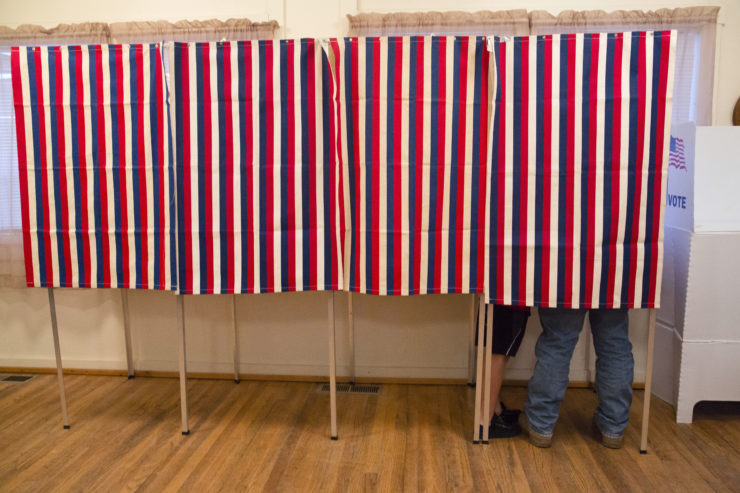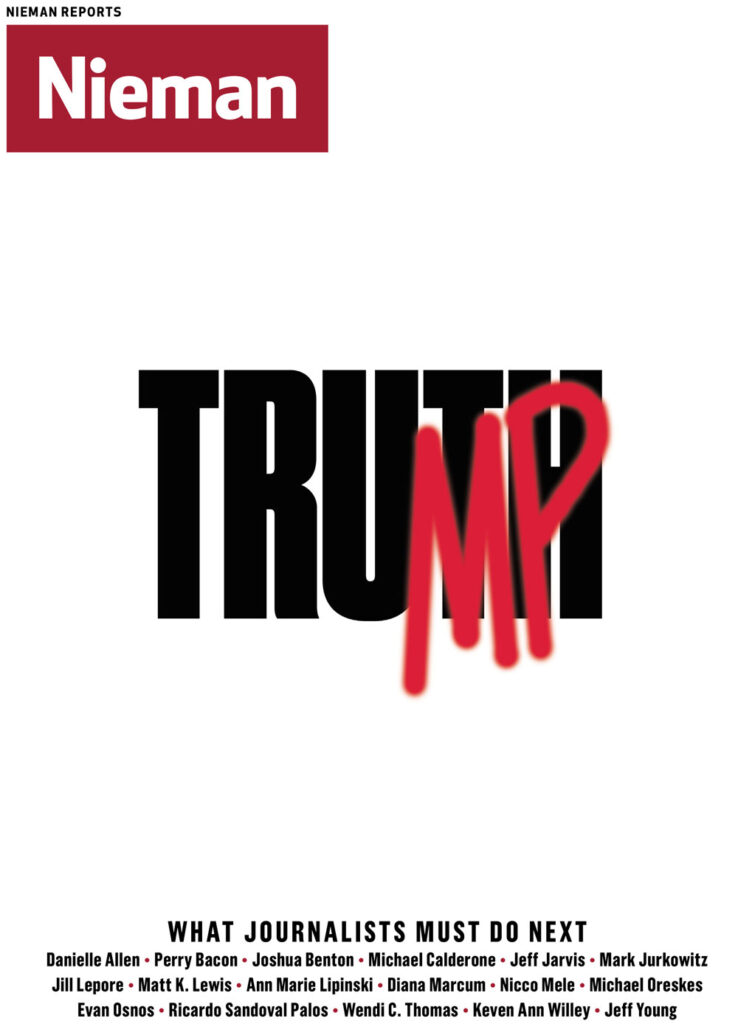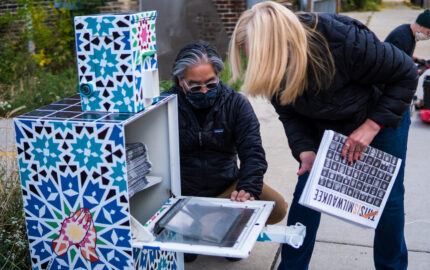“Election polling is in near crisis,” the political scientist Cliff Zukin wrote in The New York Times in June of 2015, a year and a half before the Dewey-Defeats-Truman of Donald Trump’s unexpected victory over Hillary Clinton. Zukin is a past president of the American Association for Public Opinion Research. Like any political scientist who’d been paying attention, Zukin had observed that election predictions have been very wrong in very many places in the last few years, from Israel to the United Kingdom.
The very science of polling has been falling apart. Plummeting response rates, down from above 90 percent in the 1930s to the single digits in the last election, have wildly skewed results. Meanwhile, meaningless, instant Internet polls, pure publicity malarkey, which are difficult for most voters to distinguish from so-called scientific polls, have proliferated, sowing confusion, and making even good polls into bad polls, by influencing their results.
Poll aggregators and data scientists promise to address these problems by abandoning conventional polling in favor of data extraction and more sophisticated electoral algorithms. But, as I reported in The New Yorker in November of 2015, the bigger and far deeper problem with polls isn’t technological: It’s political.
Election prediction isn’t really a field of political science; it began as, and remains, a form of journalism. George Gallup, who founded the field in 1935, was a professor of journalism, and his American Institute for Public Opinion Research was founded as the Editors’ Research Bureau; both provided services to newspapers.
The idea of publishing election predictions months before an election, and asserting that the results were “scientific,” seemed to many people so obviously injurious to the democratic progress that Congress has several times conducted investigations into the polling industry, as has the Social Science Research Council. None of this stopped newspapers and television networks from deciding to conduct their own polls.
Modern, media-run presidential polling began in 1975, when The New York Times conducted a telephone survey jointly with CBS News, a practice that many people condemned as ethically dubious, on the theory that a news organization ought not to manufacture news. Small colleges like Marist began founding polling institutes in the late 1970s, partly in order to offer an alternative to media polls; also, academic initiatives that allegedly promote democracy bring in a lot of grant money. By 2012, 1,200 polling organizations made more than three billion phone calls; most Americans refused to speak to them.
Last year, polls were used, for the very first time, to winnow the field of candidates eligible to participate in primary debates, and even to decide where they would stand on the stage (Trump at center): Reputable polling organizations refused to directly participate in this extraordinarily fishy process. And yet still the polls were conducted, and still the polls were reported, and news organizations, desperate for the cash that comes with every click, tarted up their homepages with charts of blue and red. In the election of 2016, polls were at once more unreliable than ever before, and more influential.
Other nations regulate the publication of pre-election polls, as a matter of civic ethics and good governance. It’s time for the United States to do the same.




